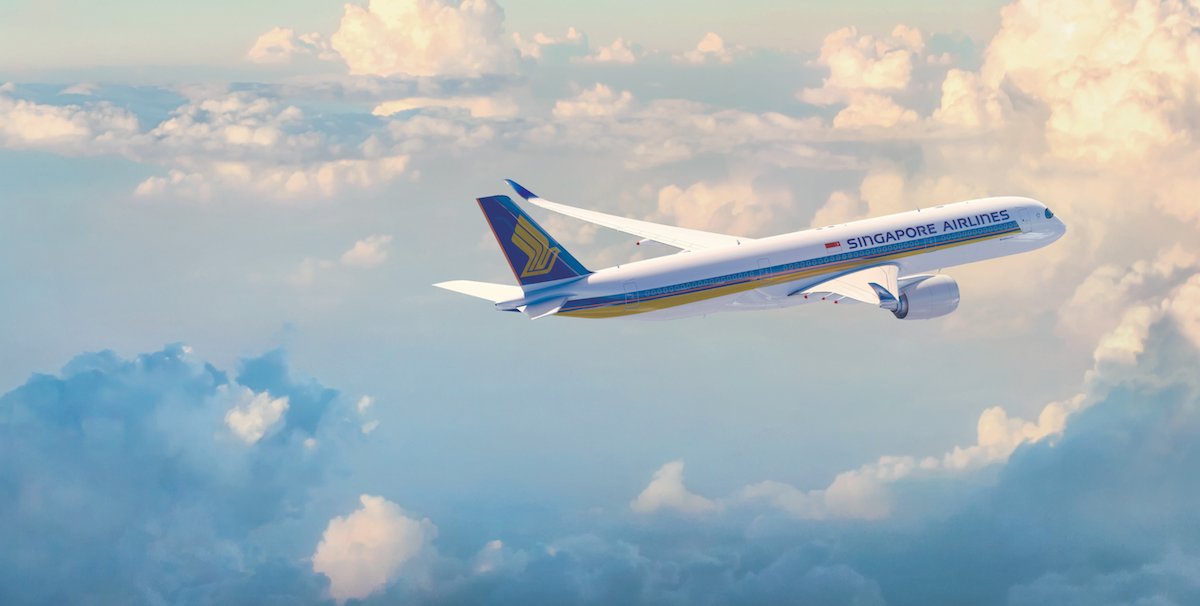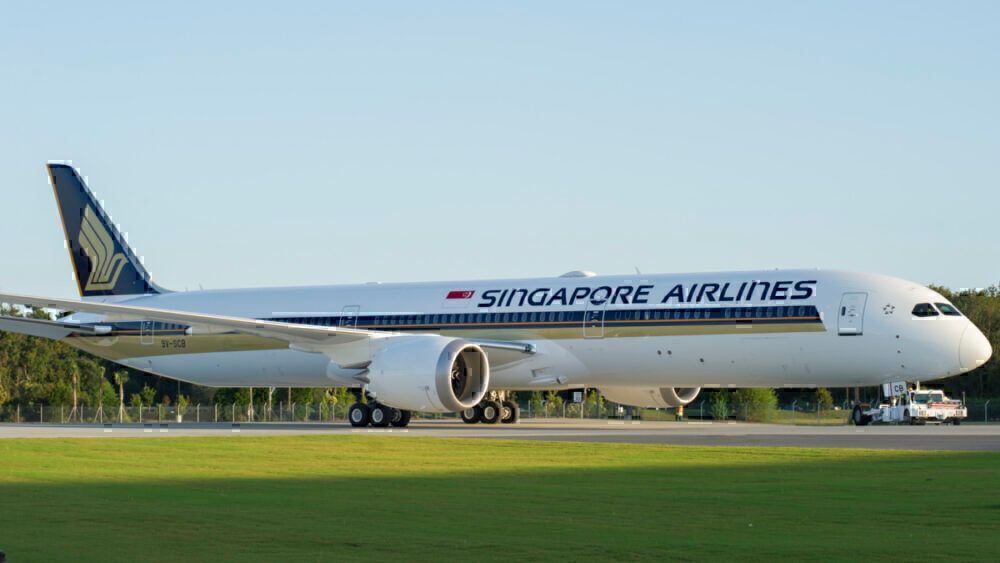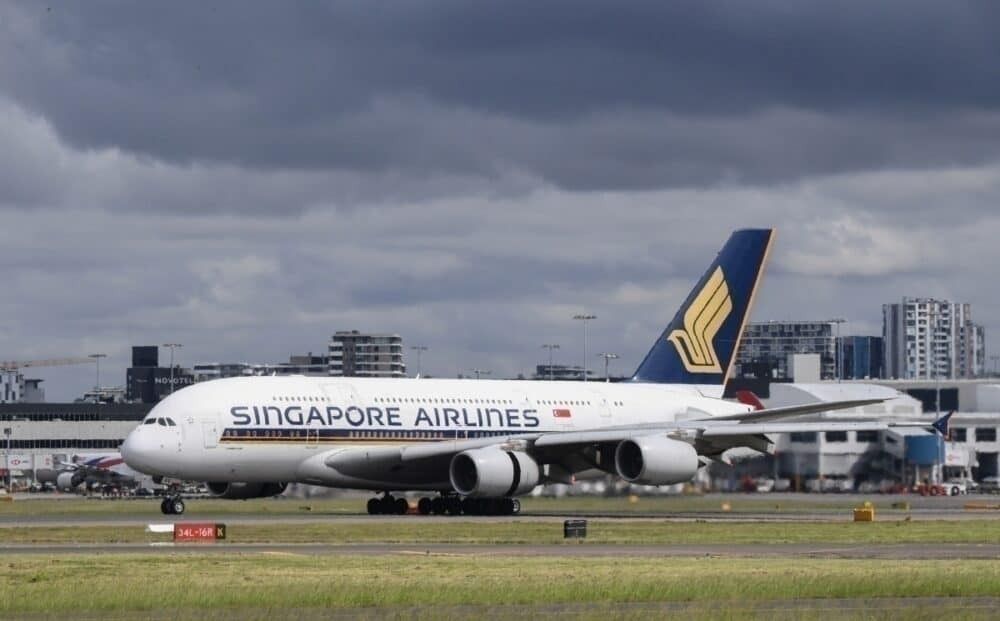More than 20% of SIA Group’s staff are now on unpaid leave. This amounts to over 6,000 of its ground staff, cabin crew, and pilots receiving mainly medical benefits, to help the airline combat the effects of COVID-19.
SIA Group consists of three airlines – Singapore’s flag carrier Singapore Airlines, its subsidiary SilkAir, and budget airline Scoot.
Stay informed: Sign up for our daily aviation news digest.
Some employees on unpaid leave applied for it voluntarily, under a scheme introduced in March, as reported in The Straits Times. The program allows employees to apply for varying days of unpaid leave, starting from a minimum of seven days, with a guaranteed chance of returning to their jobs once the time comes. In the meantime, these employees’ medical benefits remain, and they can apply for secondary placements in other companies.
Another segment of the 6,000 comprises of pilots. Pilots have been put on compulsory no-pay leaves starting April. The unpaid leaves vary from four to seven days monthly, depending on one’s rank.
Schemes for staff
As aforementioned, the airline group implemented a scheme to help employees tide through the pandemic with an alternative means of income. Besides volunteering opportunities, the job portal allows staff to apply for roles in the service sector.
As such, over 1,700 employees have signed up for internal volunteer positions or temporary placements with external organizations.
An SIA spokesperson told Simple Flying,
"These [secondary jobs] include ambassador roles and opportunities at public transport stations, social service offices and hospitals, for example. Many of our crew has also volunteered with various roles within the company."
The spokesperson added that there are various financial, mental, and physical wellness programs available too. He said,
“The SIA Ambassador Programmes and Employee Support Portal (ESP) remain the main source of support measures for SIA and SilkAir crew looking for secondary employment.”
While other airlines are forced to let go of a massive chunk of its staff, SIA Group has managed to avoid any employee dismissal. This is attributed to government funds and a Job Support Scheme.
Employee training continues
Since most flight staff has not taken to the air in several months, SIA Group is intent on keeping its crew’s skills fresh.
To do so, the organization has ensured e-learning resources are available for pilots, in addition to simulator training.
According to The Straits Times, pilots who have not flown for a while are given additional training. Then, they “must undergo the required proficiency checks before returning to operational flying.”
Remaining cabin crew must fulfill tests on operational and fleet recency training. On top of that, ground training is conducted for the team. All of them have to pass safety drills to ensure their skills are up to date.
The Civil Aviation Authority of Singapore approves the program, noted the spokesperson.
Singapore Airlines raises $8bn
The flag carrier was off to a rocky start this year, just like any other airline. It reported its first financial loss in history, at $149m for the year ended March 2020.
At the moment, though, things seem to be looking up for SIA. The carrier recently used it’s Airbus A350-900s and Boeing 787-10s as security for a loan. This allowed it to raise $542m in funds. The airline has secured a little over $1.1bn in financing since April to survive the pandemic. Liquidity-wise, the carrier managed to raise close to $8bn in funds – attributed to loans, lines of credit, and a successful rights issue.
Although funds are secure, travel demand is still stagnant. Currently, Singapore Airlines is operating only 7% of its schedule. The number hopes to increase by the end of October, but only to 8%.
In its original forecast, the International Air Travel Association believed pre-COVID travel levels would resume by 2023. However, an updated estimate shows that for travel to reach last year’s levels, we might have to wait until 2024.
What do you think of SIA Group’s employee schemes? When do you think travel demand will return to 2019 levels? Let us know in the comments.



